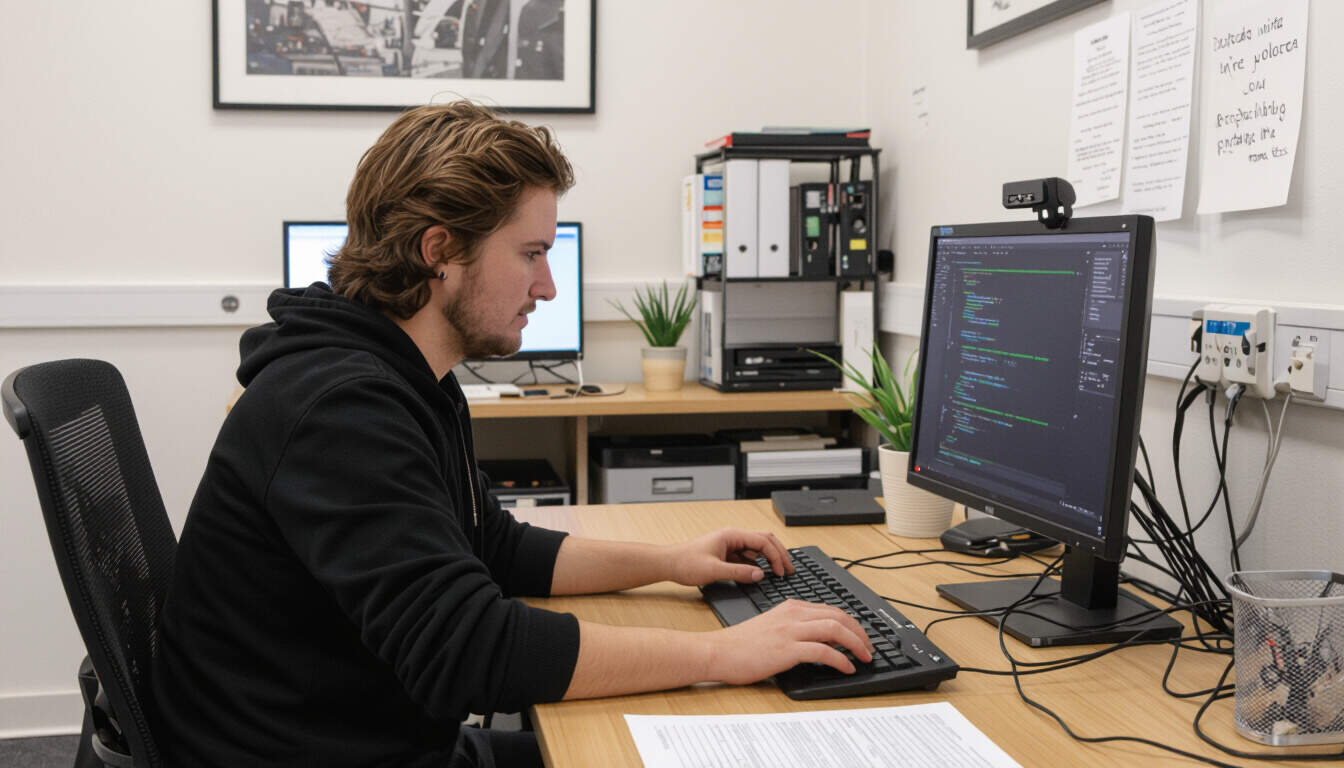Effective Hyperfocus Techniques
 by Verner Mayer
by Verner Mayer
Discover practical methods to achieve hyperfocus and boost productivity. This article explores techniques like time blocking and environment optimization for busy professionals and students, offering real strategies to manage tasks efficiently.

Many people seek ways to concentrate deeply on tasks without distractions. Hyperfocus offers a path to this goal by allowing full immersion in work. One key technique involves setting aside specific periods for focused effort.
Time blocking is a simple yet powerful method that divides the day into dedicated segments. For example, you might allocate two hours in the morning solely for writing reports. This approach helps maintain steady progress on important projects.
To start with hyperfocus, begin by identifying your most productive hours. Everyone has times when they feel more alert and capable. Once you know these periods, schedule your most demanding tasks during them.
Creating an optimal work environment is essential. A clutter-free space with minimal interruptions can make a big difference. Keep only necessary items on your desk and use noise-cancelling headphones if needed.
Another technique is the Pomodoro method, which uses timed intervals to build focus. Work for 25 minutes straight, then take a short break. This pattern repeats, helping to sustain energy throughout the day. During these work intervals, aim to ignore all notifications.
For busy professionals, combining hyperfocus with daily routines can lead to better outcomes. A project manager might use time blocking to handle emails in the afternoon, leaving mornings free for creative planning.
Students can benefit too. By applying these techniques during study sessions, they can cover more material effectively. For instance, dedicate one block to reviewing notes and another to problem-solving.
Tracking your focus sessions is helpful for improvement. Use a notebook or app to log what works and what doesn’t. Over time, patterns will emerge, allowing adjustments for better results.
Physical well-being plays a role in achieving hyperfocus. Regular exercise and adequate sleep support mental clarity. A short walk between sessions can refresh your mind and enhance concentration.
Overcoming common barriers is part of the process. Procrastination often stems from overwhelming tasks, so break them into smaller steps. Start with just one focused block to build momentum.
In practice, hyperfocus can transform how you approach goals. A writer facing deadlines might set aside evenings for uninterrupted writing, leading to higher quality output.
For teams, sharing hyperfocus strategies can improve collaboration. Discussing time blocking during meetings encourages everyone to adopt similar habits.
Remember to include flexibility in your schedule. Life events may require adjustments, so build in buffer time as needed.
Measuring success involves looking at completed tasks and reduced stress levels. With consistent use, these techniques can lead to lasting productivity gains.
Benefits of Hyperfocus
Hyperfocus brings several advantages for daily life. It increases efficiency by minimizing wasted time on unimportant activities. Professionals report higher job satisfaction when they can fully engage in their work.
For students, it means better grades through deeper learning. Applying focus methods regularly can turn study time into a more enjoyable experience.
Implementing Techniques Step by Step
- Choose a task that needs full attention.
- Set a timer for your focus period.
- Eliminate distractions before starting.
- Work without interruptions until the timer ends.
- Take a brief break and repeat as necessary.
This structured approach makes hyperfocus accessible for beginners. Over weeks, you'll notice improvements in your workflow.
Adapting techniques to your lifestyle is key. If you work from home, create a dedicated workspace to signal focus time.
In summary, adopting hyperfocus techniques like time blocking offers practical tools for better management of daily demands. With practice, these methods can help you achieve more while maintaining balance.
To wrap up, the key lies in consistent application and self-reflection. By integrating these strategies, busy individuals can find greater control over their time and efforts.
